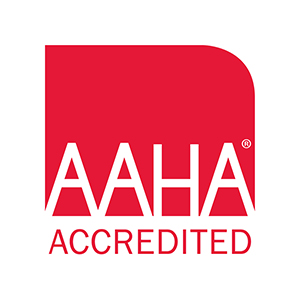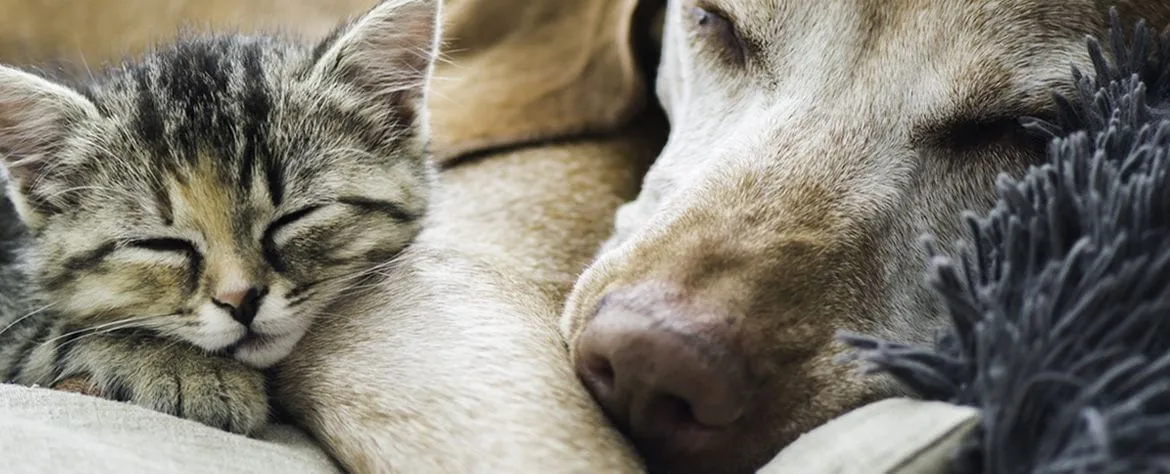Anesthesia-Free Dentals
Veterinary medicine has made amazing strides in improving the health and well-being of our pets over the last 50 years. The changes in available diagnostic tools alone are mind-blowing. We now have tests available on site which can determine general blood test values as well as other, more specific issues, such as heartworm disease, pancreatitis, and even proof of damage to the heart. There is, unfortunately, a field of medicine that doesn't get nearly enough attention and that is dentistry. Many of my clients aren't even aware that such a specialty exists. Veterinary dentistry has also made amazing changes that include even being able to do root canals and saving important teeth when the only option previously was to extract them.
What does this have to do with anesthesia-free dentistry? There is a fairly new option being offered in which your pet isn't asleep during the cleaning of their teeth. It would seem like this would be the best of both worlds: no more doggie breath, lower cost, and removal of the risk associated with anesthesia! It seems pretty obvious this would be better and you're probably wondering why we veterinarians don't all adopt this practice since it seems to be to everyone's advantage. Contrary to what some would have you believe though, it really is not a matter of beefing up our bottom line. There are actually many reasons for which we recommend continuation of dental procedures while the patient is under anesthesia.
• It can be frightening: Imagine having someone holding your mouth open while they scratch away at what can be really sensitive spots in your mouth. The vast majority of dogs and cats have dental disease by the age of three! This leaves areas of gingival recession, which means that areas of the tooth not originally covered by enamel are now unprotected and open to the air. Scratching these regions of the tooth are incredibly uncomfortable and can make your pet less trusting of people since pain is the end result of their trusting us.
• It can be painful: Yes, I already alluded to this, but I can't stress it enough. Part of the oath I took when I graduated from vet school was that I would "first, do no harm" to my patient. I truly love animals. Why then, would I want to do something that causes them unnecessary pain? Dentistry for people, allows for gas anesthesia, available for patients who have very sensitive teeth or even for those who are simply nervous. I can't imagine a valid argument that can say that experiencing painful and potentially frightening procedures is beneficial to one's health and well-being.
• It's incomplete: Teeth are like icebergs in that we really have no idea what is going on beneath the patient's gum line. Frequently, there are teeth that have no visible evidence of disease, while below the gum line there is abscessation, absorption of the root, and jaw bone loss. The only way to discover these painful, diseased teeth is to radiograph the roots and evaluate their overall health. Dental radiographs are simply not possible while a dog or cat is awake. Ask your own dental hygienist and I would bet they would say it isn't always easy to get radiographs of adult teeth, let alone an animal who has no understanding of what you're trying to do and who can damage both equipment and the hands of the people involved. Also, how complete can a cleaning be when your patient is trying to get away the entire time? Even the visible tartar above the gum line can't be removed completely if the patient is awake.
• It isn't much better than doing nothing at all: Yes, the largest pieces of dental tartar are removed, but the enamel that is there to protect what is called the crown has now been damaged by microscopic and not-so-microscopic scratches on the surface. This also happens during a proper dental cleaning, but the difference is that at the end of the procedure, our patients' teeth are polished as yours are when you go to the dentist. This isn't so our teeth are brushed; we just got them cleaned after all! Just like a car that had its paint scratched on the surface, using a slightly grainy paste buffs out the imperfections and restores the surface so that the layers below aren't exposed to the environment. This is another procedure that isn't done when the patient is awake and those microscopic scratches leave the surface of the tooth more irregular and actually encourages more food particles to adhere to the surface of the tooth at a later date. Lastly, there are still vast populations of detrimental bacteria that haven't been removed since a proper cleaning wasn't performed. One could argue you've now left those teeth worse off than they were before the dental disease!
I've been told by pet owners who have been considering this option that they have been told that if dental disease is found, that a full dental cleaning with anesthesia will be recommended. I will tell you without hesitation that if a complete examination and cleaning has been performed by your veterinarian, it is virtually impossible NOT to find evidence of some level of disease. Don't forget that it is widely accepted that pets, as young as three, have dental disease at the level which requires intervention. If that's the case, then why pay for the incomplete procedure in the first place?
If you aren't sure whether your pet needs an oral exam and dental cleaning, please come see us anytime at Phoenix Veterinary Center! Or make an appointment online.



